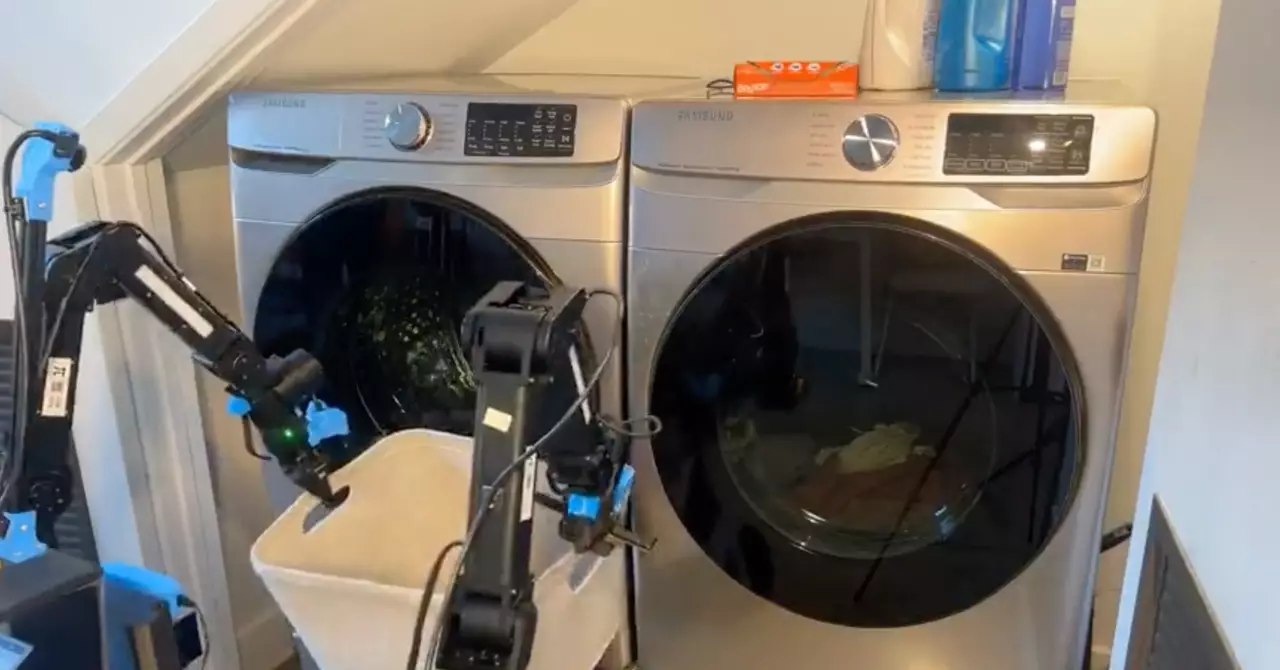In the realm of artificial intelligence (AI), advancements have been nothing short of revolutionary. Yet, when we turn our gaze towards robotic technology, the picture becomes less enthusiastic. Despite remarkable feats in algorithms and machine learning, contemporary robots remain rigid and inflexible, primarily relegated to monotonous, well-defined tasks in controlled environments such as factories and warehouses. These machines execute their functions with stunning precision, yet they lack versatility or the capacity to adapt to their surroundings. While a few sophisticated industrial robots possess basic visual and manipulatory skills, their capabilities are severely hampered by a deficiency in what might be termed general physical intelligence. This lack of adaptability hinders robots from successfully engaging in more complex tasks that require a degree of understanding beyond their limited programming.
Efforts to enhance robotics are not merely confined to fixed environments; they span the imaginative endeavors of entrepreneurs and technologists alike. For instance, Tesla’s ambitious initiative to develop Optimus, a humanoid robot projected to retail between $20,000 and $25,000 by 2040, epitomizes this optimism. Elon Musk asserts that this robot would be capable of performing a wide array of tasks, pushing the envelope of what robots can achieve in human-centric environments. However, such claims often carry an inherent risk of overhype. The question that lingers is whether we can genuinely expect robots to handle complex, variable human tasks seamlessly.
Traditional approaches in robotic learning have emphasized singular task training, which has manifested a prominent limitation: learning is perceived as non-transferable. Nevertheless, recent developments in academia have sparked hope. For instance, Google’s project dubbed Open X-Embodiment successfully facilitated learning transfer among 22 different robots across multiple research labs. This development signifies a potential paradigm shift in robotic learning, showcasing that scalable learning methodologies may be within reach. Nonetheless, a formidable barrier remains: the lack of extensive and diverse training data, particularly when contrasted with the vast datasets available for training language models.
Physical Intelligence, a company aiming to bridge this gap, is focused on developing innovative techniques that utilize limited datasets. They are harnessing vision-language models, which integrate visual cues with textual information, alongside diffusion modeling, a technology adapted from AI image generation. These innovations aim to cultivate more generalized learning abilities in robots. However, scaling this learning to enable robots to autonomously handle unpredictable tasks remains a daunting challenge.
As enthusiasts and skeptics alike contemplate the future of robotics, the general sentiment seems to acknowledge a crucial reality—there lies an extensive road ahead before we witness robots seamlessly integrated into our daily lives. Promising as the advancements may be, we must maintain a critical perspective in evaluating the current capabilities and limitations of robotic technology. For now, while there are flickers of hope and signs of progress, one cannot ignore the arduous journey that lies ahead in the quest for truly intelligent robots. As experts suggest, the current efforts may serve as a scaffolding, a framework that, while enlightening, is far from final.

